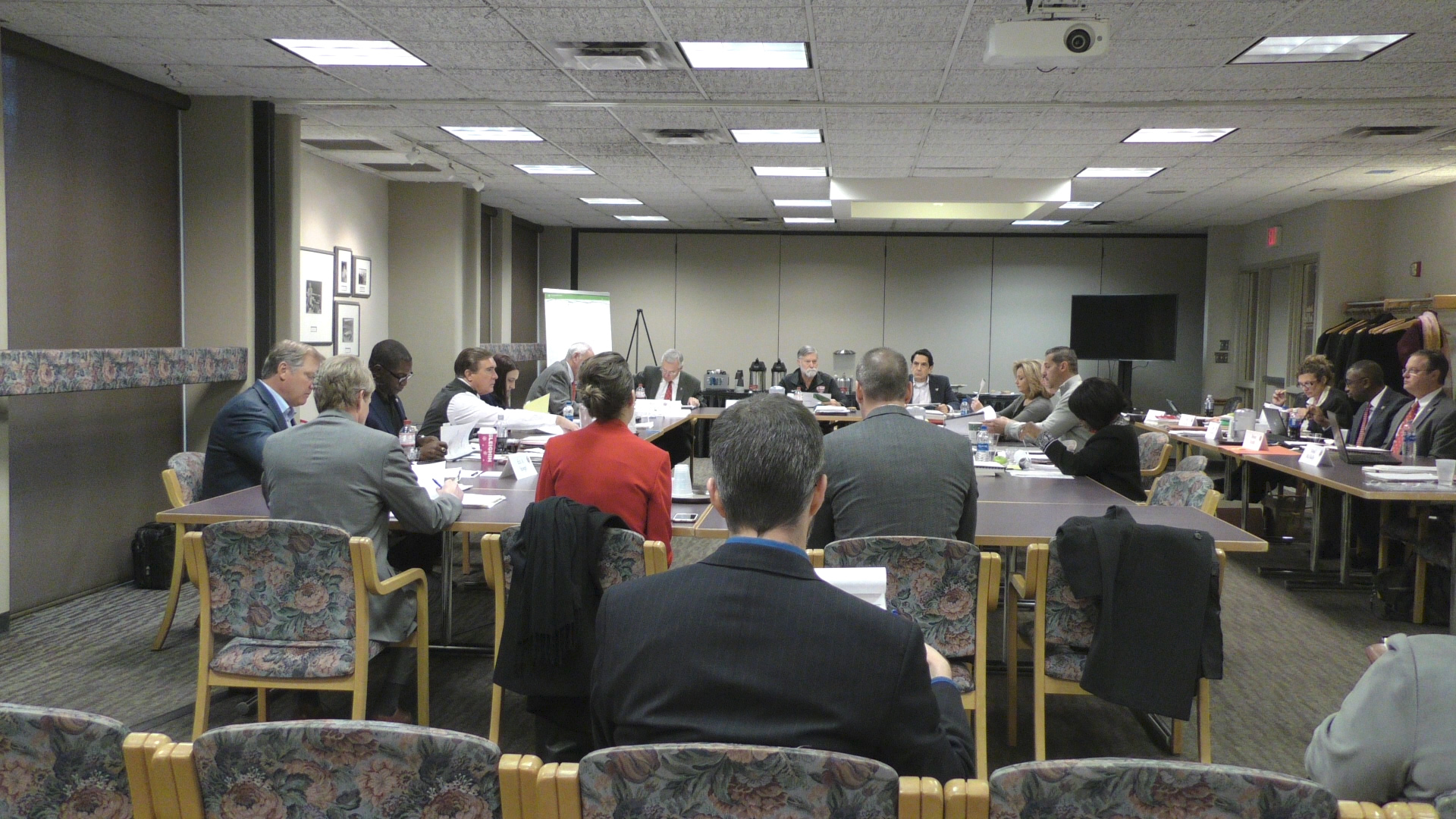By Amanda Joerndt
Youngstown State University’s Fiscal Year 2020 Operating Budget showcases an overall 2.1% increase, $3,785,228, from the previous fiscal year’s budget.
Neal McNally, vice president of finance and business operations, said the budget is handled with the “university’s overall financial health in mind” at a YSU Board of Trustees meeting Dec. 4.
“We think in order for the trustees to exercise their responsibility, we need to manage the overall finances of the university in such a way to ensure a balanced budget,” McNally said.
YSU student wages and faculty labor agreements per the Ohio Education Association are two categories that fall under Provost Brien Smith’s budget.
McNally said funds are assigned accordingly when departments request various actions in the budget.
“The department chairs will bring requests to the deans, the deans would take the budget requests to the provost and typically those requests want to increase the number of faculty or they may have a retirement in one department,” he said.
McNally said a portion of the provost’s budget is “almost exclusively tied to the labor agreements, particularly for faculty,” resulting in a total of $693,147 allocated dollars for Ohio Education Association labor agreements, according to the Fiscal Year 2020 Operating Budget.
“We have a three-year labor agreement for the faculty union, which is the Ohio Education Association, and their salary went up about 2.5% this year,” McNally said. “If we’ve hired somebody, we’re committed to covering their salary and benefits.”
John Jakubek, a YSU Board of Trustees member, said some smaller variations in the budget don’t always have to get approved through the board.
“We don’t have to approve each and every one of them, but the actual budget every year we do,” he said.
Jakubek said having a shared governance is the most important step when having open communication with different departments.
“I think when you look at the strategic plan that’s being put together and so forth, we have to align the strategy, what we need to accomplish and the dollars that we have and how we can best use those dollars to achieve those goals. … Shared governance plays a big part in that,” Jakubek said.
Additionally, the Ohio minimum wage increased from $8.55 to $8.70 in January 2020, and according to McNally, the university plans to adjust to the increase through hiring fewer students or having students work fewer hours to manage the budget.
Appendix C of the Fiscal Year 2020 Operating Budget states graduate assistants that work for the STEM department receive a stipend of $10,000 and graduate assistants in all other departments at the university receive a $7,500 stipend.
According to McNally, there was a need “to create a differential to respond to the market.”
“That’s pertinent for STEM because I guess there’s a lot more opportunities in places like the Youngstown Business Incubator and America Makes that could really benefit from some of our graduate engineering students,” McNally said.
Nico Lucarelli, adjunct STEM faculty member, said although student wages may be differential, he believes the compensation for STEM graduate assistants is fairly balanced.
“Graduate assistants, like other student employees, are allowed to work a maximum of 20 hours on teaching assistant-related jobs,” Lucarelli said. “Balancing coursework, research, thesis writing and a full 20 hours of grading a week can be quite difficult.”
According to Lucarelli, his time as a graduate assistant was focused on engaging with students and performing engineering experiments.
“I was also able to serve as an instructor for a few labs, which went a long way in developing public speaking skills as well as getting more familiar with laboratory equipment and practices,” Lucarelli said. “STEM GAs [graduate assistants] definitely earn the stipend they receive with the workload and responsibilities they have.”
According to McNally, the operating budget has not seen any kind of “wiggle room” in the last 20 years.
“This is not uncommon in a public university,” McNally said. “Since we’re public, we’re not really expected to have a big margin or profit. You typically will see break-even budgets with public entities and our revenues are just about right at our expenses.”

